Preparing Your Garden For Winter: 9 Vital Tasks For Stronger Plants And An Easy Start In Spring
These essential fall tasks will help your garden endure winter’s challenges, and enable you to get a headstart on the next growing season.

As the season changes and winter approaches, it’s time to prepare your garden for colder months. Prepping beds and plants in fall keeps your landscape tidy and gives you a jump start on spring by creating the ideal growing environment for those long-awaited annual flower and veggie plants.
With a bit of good winter prep – and by following some fall garden dos and don'ts – you can also reduce pests, improve soil health, tackle weeds, and even give a helping hand to wildlife. So put your garden to bed, and let both you and your landscape rest easy over winter with these essential tasks.
1. Get Clean and Tidy
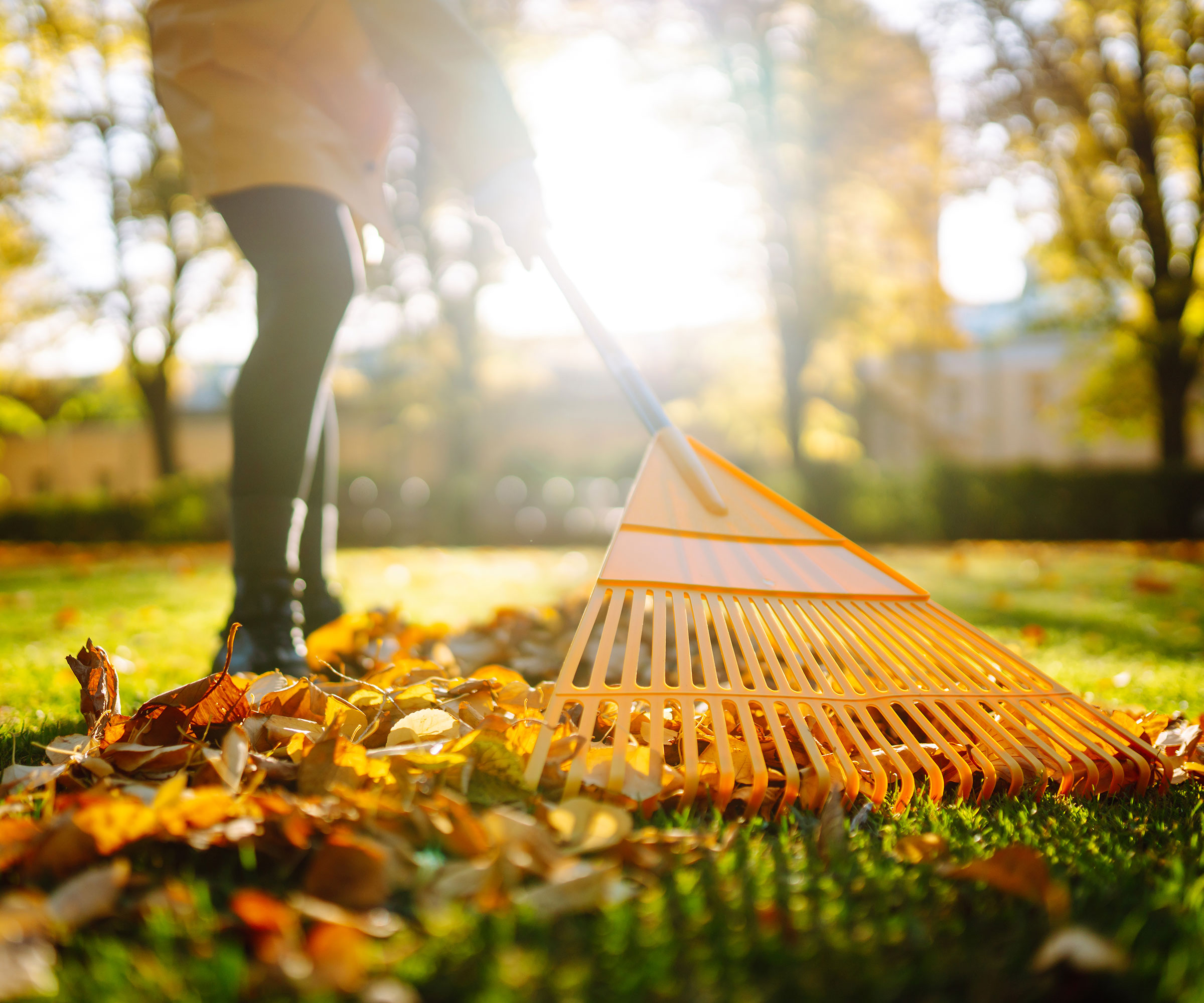
When it comes to fall cleanup, gardeners tend to belong to one of two camps. Some prefer a thorough cleanup, removing all plant debris to reduce pests and diseases that may overwinter and to give a tidier look.
Others take a more natural approach, arguing that plant debris also supports wildlife, providing shelter for beneficial insects and pollinators. Additionally, seed heads on plants such as coneflowers, sedum, and ornamental grasses provide valuable food sources for birds. Allowing some plant material to decompose naturally also returns organic matter to the soil, enriching it for next year’s growth.
For a middle ground, remove diseased or pest-infested plants, but leave a section of your garden undisturbed for wildlife. For areas with high foot traffic, rake leaves to prevent hazards, but try leaving some to act as natural mulch for flower beds.
As part of your cleanup, don’t forget about tools. Once the weather starts to cool, it’s time to drain garden hoses and sprinklers to prevent them from freezing and cracking. Coil hoses neatly and store them indoors, ideally hanging to prevent kinks. Clean and sharpen garden tools, like pruners, shovels, and edgers, before putting them away.
Well-maintained tools will save time and hassle when you’re ready to dig into your garden next season.
Sign up for the Gardening Know How newsletter today and receive a free copy of our e-book "How to Grow Delicious Tomatoes".
2. Plant and Store Bulbs
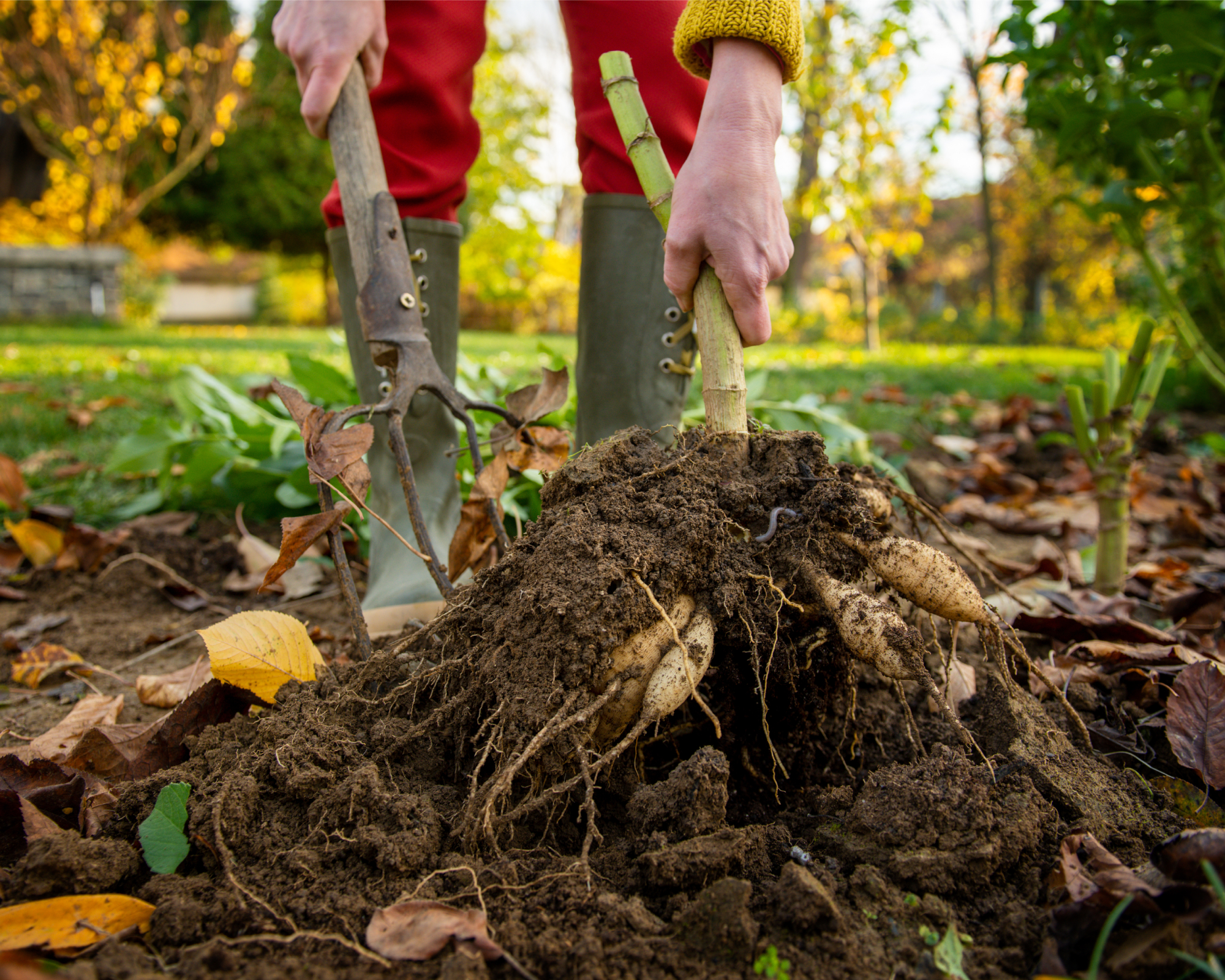
Fall is the ideal time to plant spring-blooming bulbs like tulips, daffodils, and alliums, giving them the crucial cool period they need to establish roots before winter. To ensure they settle well, aim to plant bulbs while the ground is still workable, before it freezes – when nighttime temperatures consistently fall between 40-50°F.
Choose a well-draining location with good sunlight, and plant bulbs at a depth about three times their height, spacing them a few inches apart to prevent overcrowding. Adding a bit of bulb fertilizer to the hole can also help provide them with the nutrients they need to bloom in the spring.
For tender summer bulbs, such as dahlias, gladiolus, and canna lilies, which aren’t hardy in cold temperatures, you’ll need to dig them up and store bulbs for winter. Begin by trimming back any remaining foliage to around an inch above the bulb or tuber, and gently brush off excess soil. Afterward, let the bulbs dry in a cool, dark place for a few days to prevent mold. Once dried, place the bulbs in paper bags or a container filled with peat moss, vermiculite, or sawdust. This keeps them insulated and prevents moisture buildup.
Store the container in a cool, dry location that stays between 40-50°F (5-10°C) – an unheated basement or garage works well. Come spring, after the danger of frost has passed, you can replant these bulbs to enjoy their colorful blooms once again.
3. Protect Roses in Colder Regions
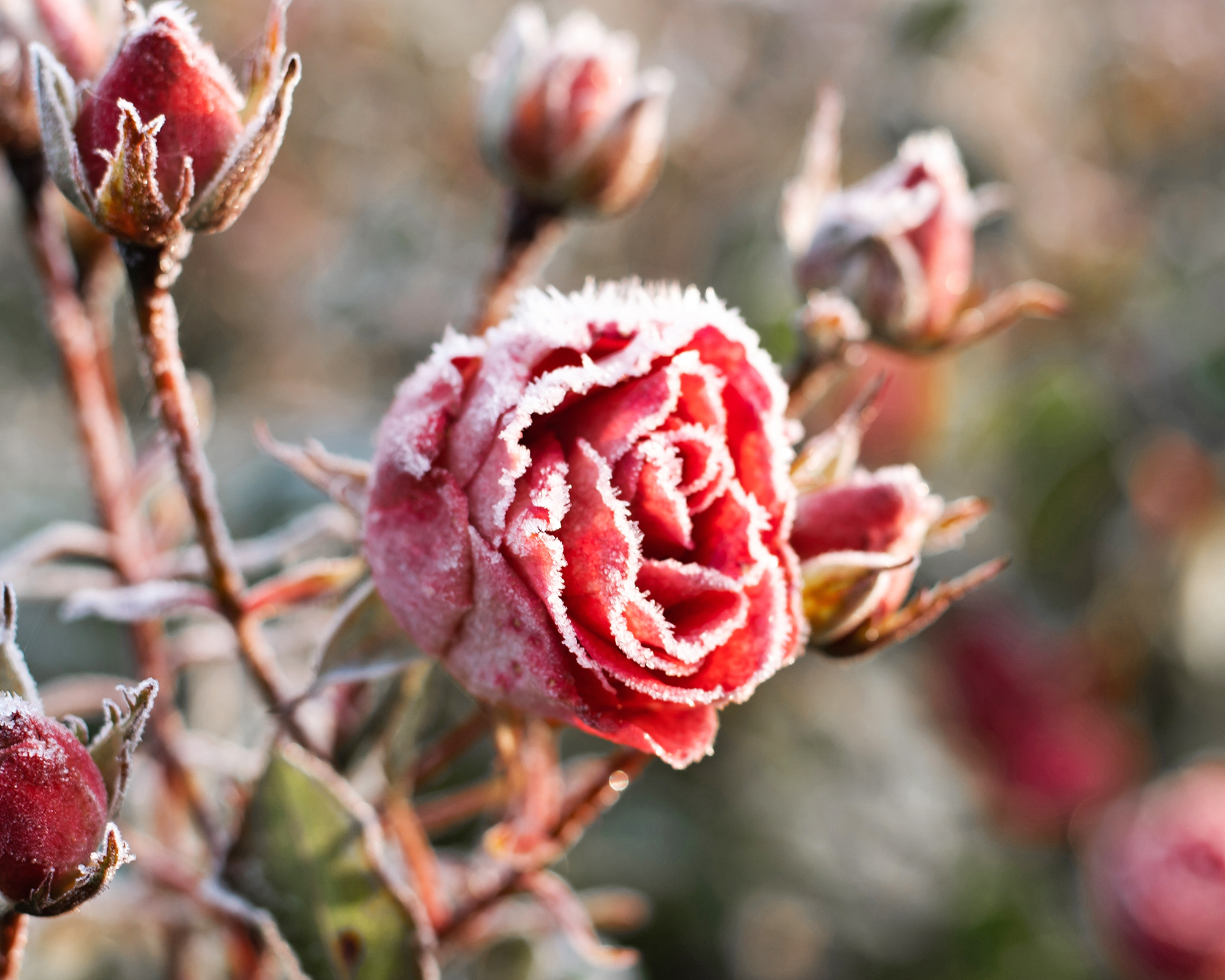
For gardeners in USDA hardiness zone 6 and below, preparing roses for winter is essential to protect them from harsh temperatures and freezing winds. Begin winterizing your roses once the ground starts to freeze. At this stage, a light pruning can help prevent any long branches from whipping in strong winter winds, which could damage the plant or break stems.
To insulate the roots and protect the graft union (the swollen area near the base of the plant), mound an 8- to 12-inch layer of mulch, straw, leaves, or compost around the base. This added layer provides essential warmth and prevents extreme fluctuations in soil temperature. Avoid compacting the mulch, allowing airflow to reduce mold or rot risk.
For extra-sensitive roses, such as hybrid teas, consider additional insulation with burlap wraps.
In early spring, as temperatures warm, gradually uncover your roses to prevent overheating, and remove any winter mulch once frost risks have passed.
4. Shield Evergreens from Winter Winds
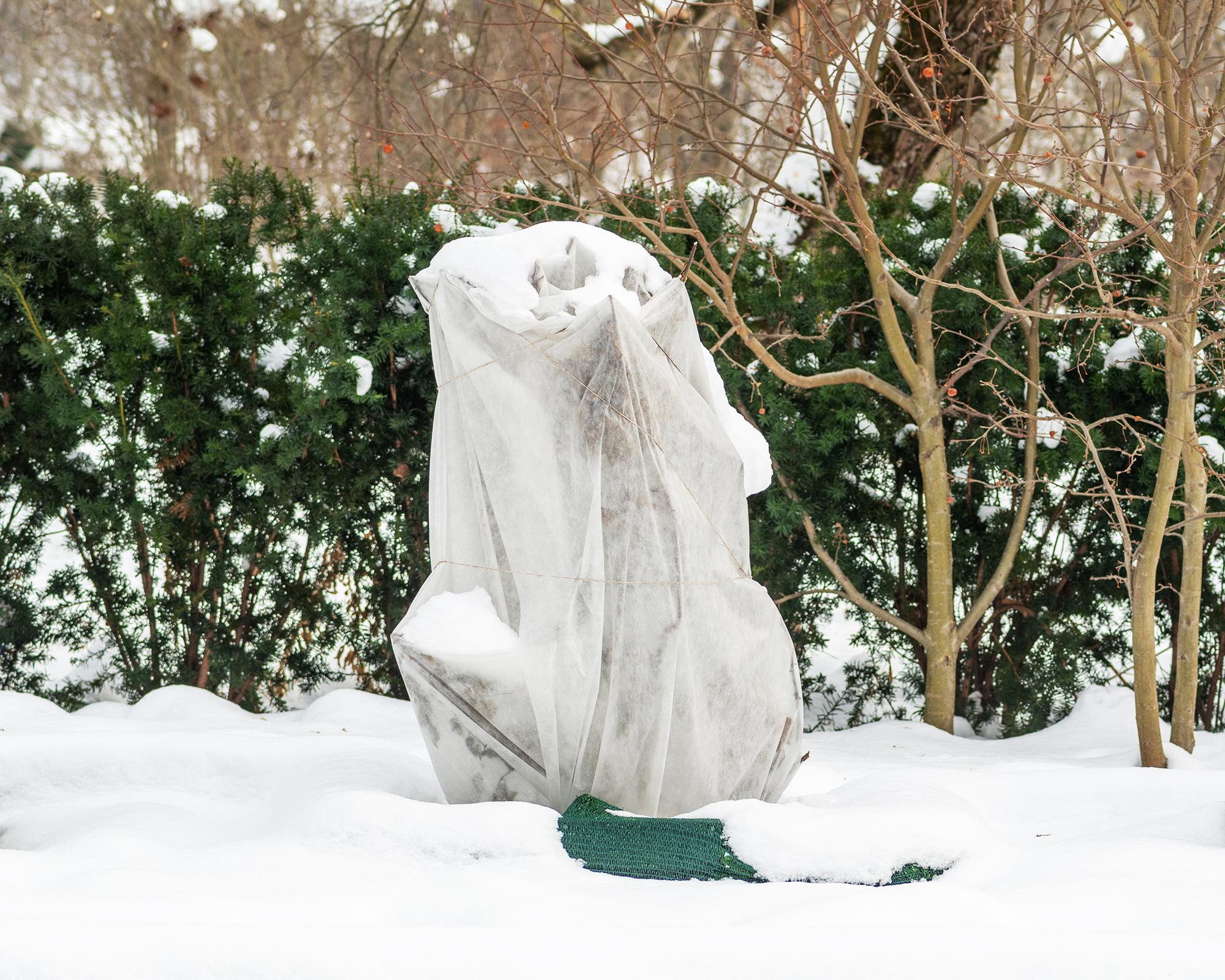
While cold temperatures can threaten tender or newly planted evergreens, winter winds and intense sunlight are often the biggest dangers. Winds pull moisture from evergreen needles, leading to a condition called "winter burn," where foliage becomes dry, brown, and brittle. This damage may not show up until spring, making prevention crucial in the fall.
To protect evergreens from drying winds and harsh sunlight, start by creating a burlap windscreen. For larger evergreens or small groups of shrubs, place stakes around the plant and drape burlap across them, securing it so that it doesn’t touch the foliage directly. This shield will buffer the plants from both wind and sun without trapping too much heat or moisture.
For individual shrubs, gently wrap the plant itself in burlap. Avoid wrapping too tightly, as airflow is still necessary to prevent mold and disease. Adding a layer of mulch around the base of the plant will further insulate the roots.
5. Fertilize Your Lawn
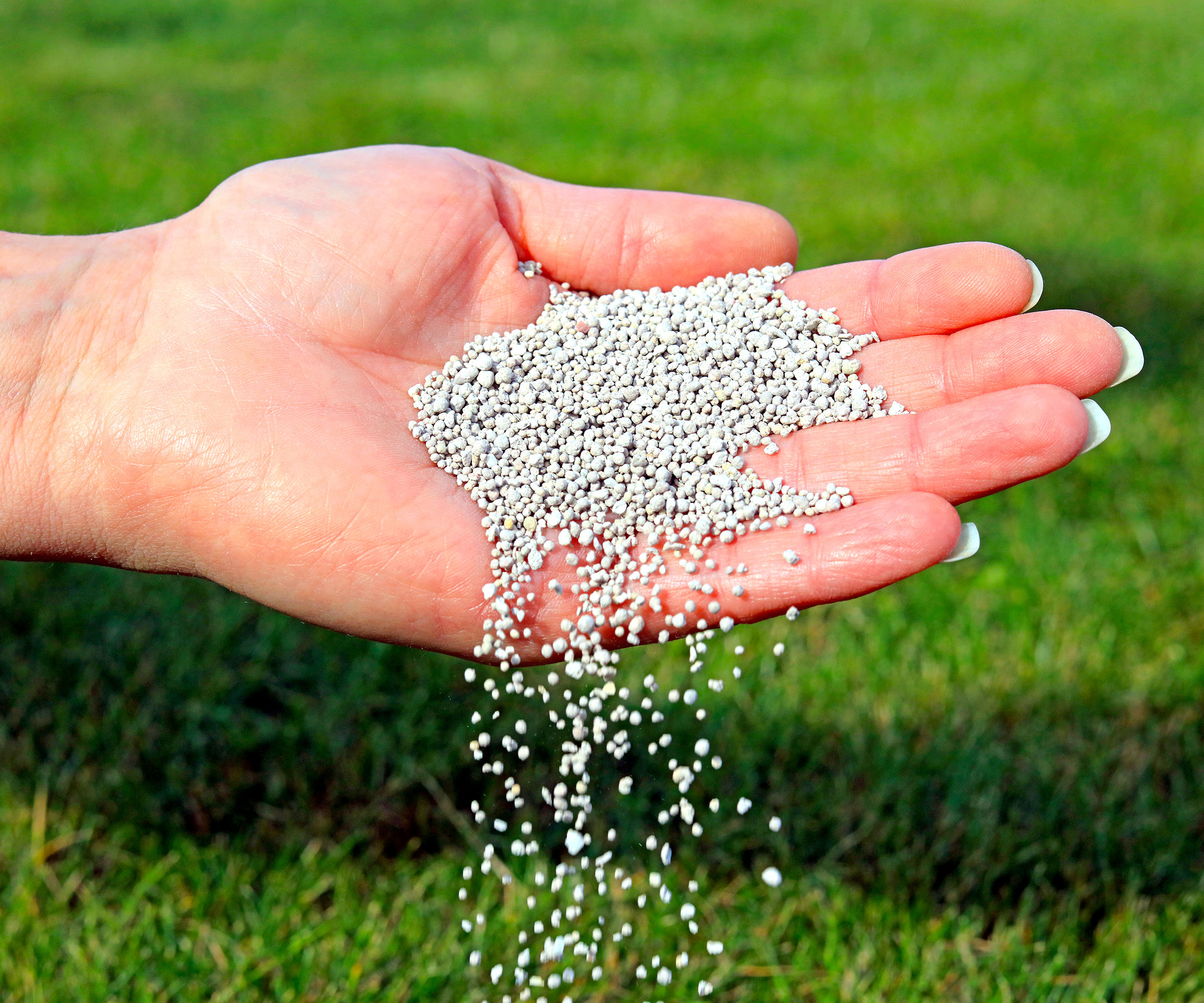
Fall is the ideal time to fertilize cool-season grasses, as they store nutrients in their roots for winter. Apply fertilizer about 2-3 weeks before the ground freezes, allowing grass to develop strong roots that will help it green up quickly in spring. Just avoid fertilizing too late, as you want the nutrients to be absorbed before the lawn goes dormant.
When fertilizing lawns, apply a slow-release, granular feed designed for fall use. While you can fertilize by hand, it isn’t the quickest method and can lead to inconsistent application. Use a broadcast or rotary spreader and water the lawn thoroughly after fertilizing.
6. Prepare the Vegetable Garden
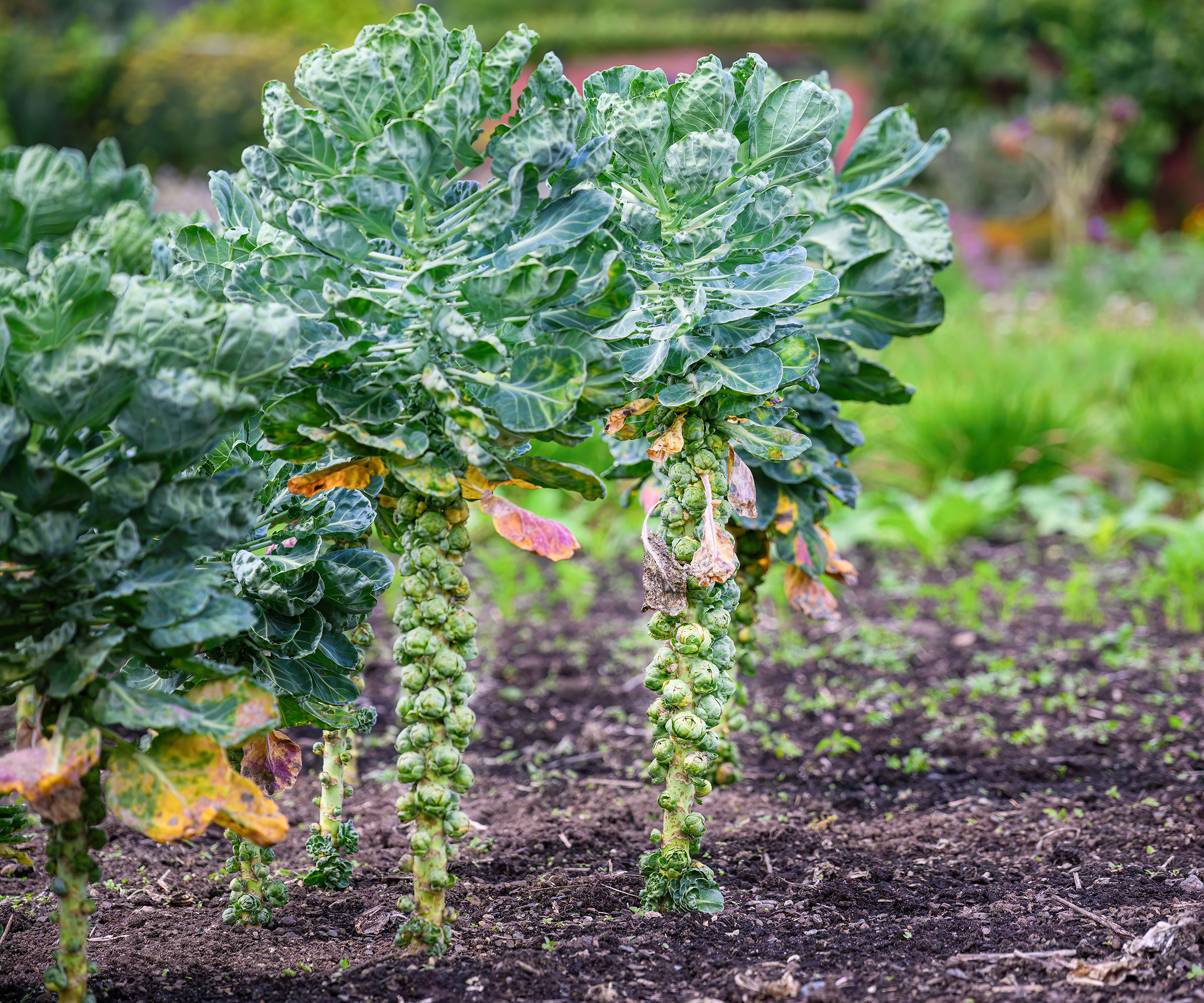
Begin by removing and composting non-diseased plants from your vegetable garden, as leftover plant material can harbor disease and pests, which can then be passed onto new plants in the spring. Soilborne diseases can remain active for years.
Should I Till My Garden Before Winter?
To till or not to till – that is the question. However, there isn’t a correct answer. Some people believe that tilling in the fall improves soil tilth while others prefer to leave the soil undisturbed until spring, allowing beneficial insect progeny to overwinter and fallen leaves and plant debris to naturally break down.
The first opinion is not wrong, as fall tilling breaks up the soil, readying it for spring. The second set of people will often till or dig in the detritus in the spring. Of note, however, in the spring, the soil is often sodden resulting in compact, rather than aerated soil.
For crops still producing, monitor closely and be ready to protect them from frost with row covers or cloches.
Fall is an ideal time to improve the soil in your vegetable garden by adding organic matter like homemade compost or manure. Spread a 2-4 inch layer across the bed and decide whether to till it in or leave it to naturally break down over winter. Bear in mind that if you do till, beneficial (and possibly pest) insect eggs will be tilled under as well.
Another option is to plant a cover crop, such as clover or rye, to improve soil structure and suppress weeds. When spring arrives, till in the cover crop for a natural, nutrient-rich boost.
You may also want to consider performing a soil test in the fall. You have time to wait for the results and you will be ready when spring comes with a list of any soil amendments, lime, or fertilizers that may need to be added to bring your soil to its ideal pH and nutrient levels.
7. Mulch to Protect Soil and Roots
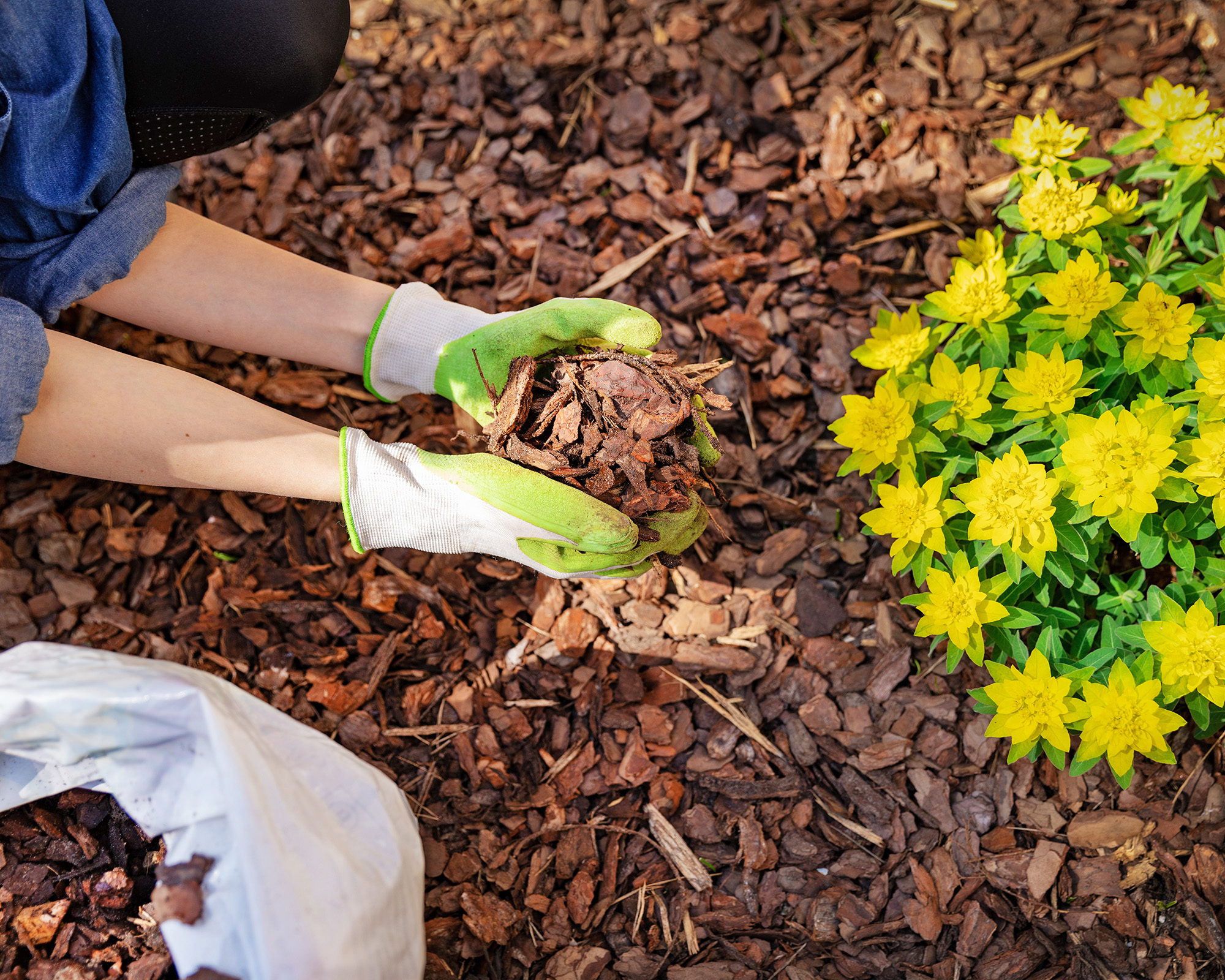
Mulching in the fall helps retain moisture, regulate soil temperature, and prevent erosion. A 2-3 inch layer of mulch around perennials, trees, and shrubs can insulate roots, particularly those of young or newly planted plants.
The key is to choose the best mulch. Use pine bark chips or hardwood for trees and landscape beds, and in vegetable gardens, use compost as mulch to enrich the soil.
Be wary of using straw as mulch, as while highly effective, it usually contains a lot of seeds, causing weeds in the spring. To avoid this issue, either purchase weed-free straw or compost it before using it.
Fallen leaves also make excellent organic mulch. Run piles of dead leaves over with your lawn mower, bag attached. Use the mowed leaves to cover delicate plant roots or add to the vegetable garden.
When mulching, avoid piling it directly against the base of plants to prevent rot and pest issues.
8. Protect Tender Plants
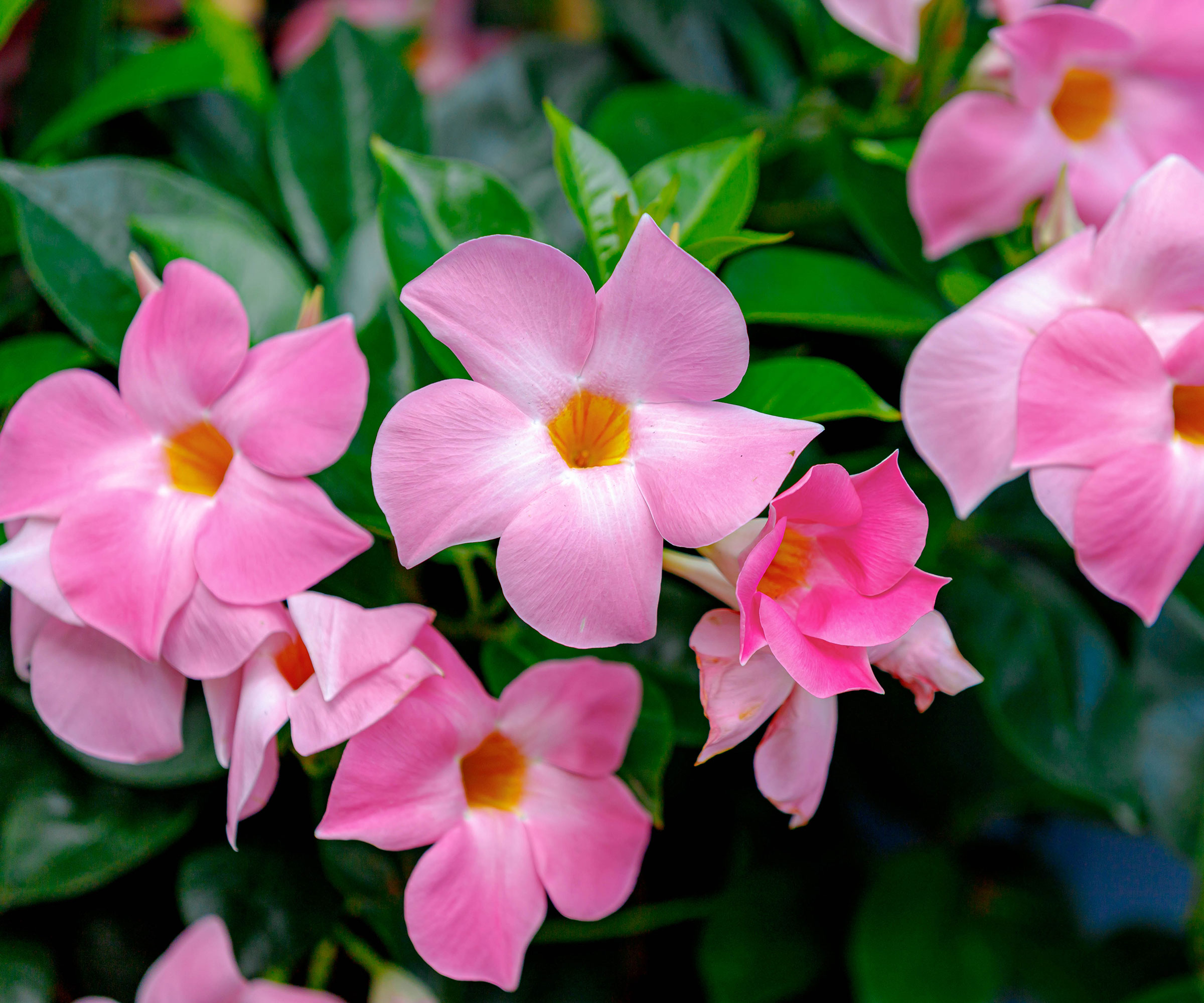
Fall is the time to start winterizing plants for colder temperatures ahead. For potted plants, this may mean moving them indoors, sheltering them in a garage, or placing them against a south-facing wall for added warmth. For those planted in the ground, it means covering them with burlap or mulch to insulate them from the cold or even transplanting them to overwinter indoors.
For ultra-tender potted plants, including houseplants and tropical varieties like angel’s trumpet, hibiscus, mandevilla, and bananas, it’s best to bring them indoors once nighttime temperatures consistently fall below 50°F (10°C). These tropicals thrive in warmth and humidity, so keeping them indoors through the colder months helps prevent shock and potential frost damage.
If these tender plants are currently planted in the ground, dig them up carefully, taking as much of the root system as possible. Transplant them into a container that fits easily indoors. Place them in a sunny spot and gradually adjust them to indoor conditions to avoid stress. This transition will support them through winter so they’re ready to flourish when returned outdoors in spring.
9. Control Weeds
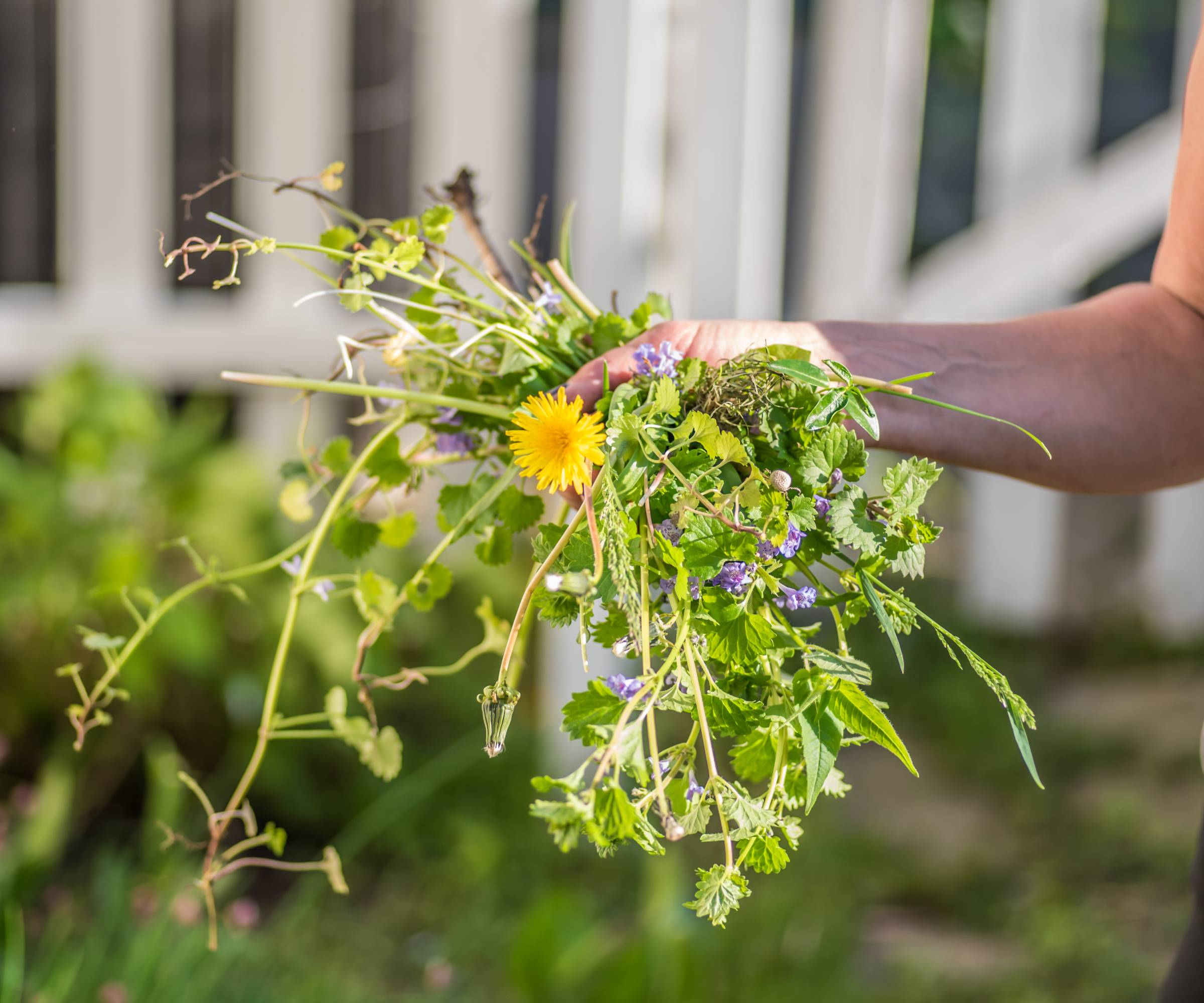
Killing weeds in the fall can be highly effective, preventing them from returning in full force come spring. It's important to keep an eye on beds and lawns over the colder months as a consistent approach is key to controlling weeds.
Many perennial weeds, as well as winter annual broadleaf weeds, can be hoed or pulled manually. Removing them by hand is especially useful for smaller infestations, ensuring that roots are fully removed to prevent regrowth.
For more stubborn, established weeds, consider using herbicides in the fall, when weeds are storing nutrients in their roots to prepare for winter. At this stage, they’re more vulnerable to herbicide treatments, allowing the chemicals to travel down to the roots and increase effectiveness.
For best results, choose a calm, dry day to apply herbicide, and avoid treating areas with nearby plants you want to keep.

Melanie is an experienced gardener and has worked in homes and gardens media for over 20 years. She previously served as Editor on Period Living magazine, and worked for Homes & Gardens, Gardening Etc, Real Homes, and Homebuilding & Renovating. Melanie has spent the last few years transforming her own garden, which is constantly evolving as a work in progress. She is also a passionate organic home grower, having experimented with almost every type of vegetable at some point. In her home, Melanie tends to an extensive houseplant collection and is particularly fond of orchids.
- Amy GrantWriter
- Amy DraissDigital Community Manager